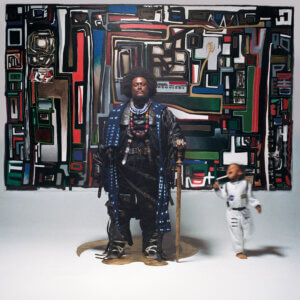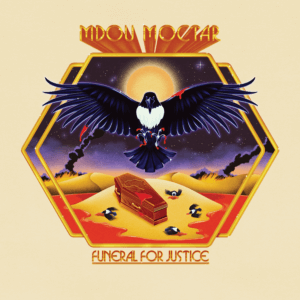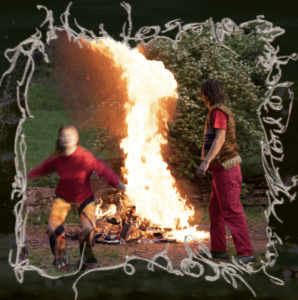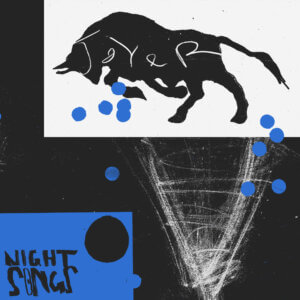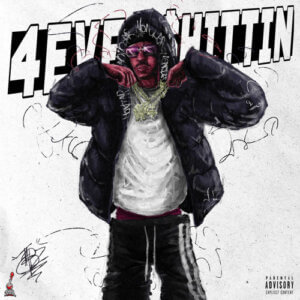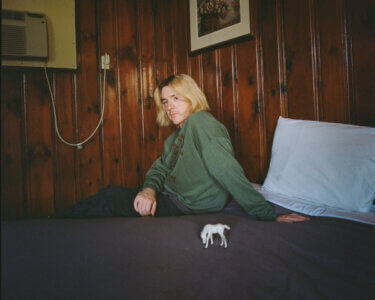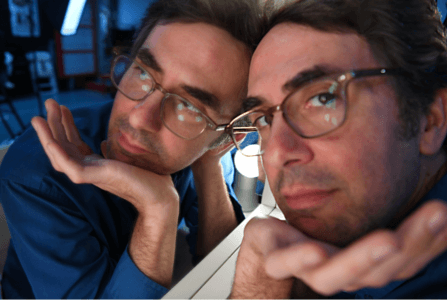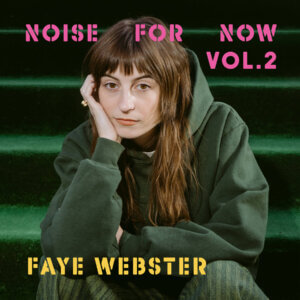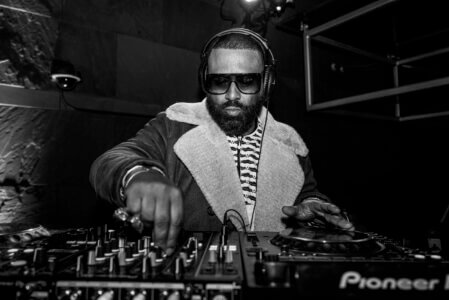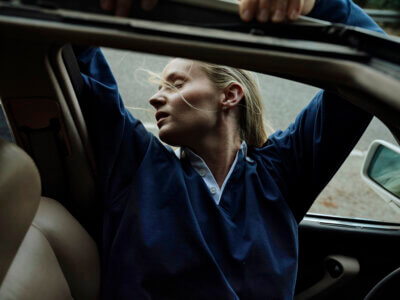
4
Blue Film
Lo Fang
Lo Fang’s debut comes to us courtesy of the august 4AD, a label who have supported artistic integrity and innovation for over three decades. On paper Lo Fang seems like a sure winner: a solo record from a promising young multi-instrumentalist, with roots in chamber pop, modern composition, and R&B. Yet Blue Film leaves me cold, a formulaic pop record with enough self-conscious nods towards indie trends that the press releases write themselves. Absent are the qualities that have made recent 4AD acts interesting: the weirdness of Tune-Yards, the charm of Grimes, the pathos of Bon Iver, the energy of TV on the Radio. Lo Fang feels like an exercise in technique. Pop music needn’t be full of substance, but absent that it should at least enthrall and entertain, and Lo Fang fails to draw me in. That said, there is certainly a demographic that this will appeal to. Hopefully for his sake, the same demographic who come to see Lorde, for whom he will be opening on her upcoming tour.
Lo Fang is the solo-project of multi-instrumentalist (and good-looking person) Matthew Hemerlein, a Maryland-native now based in LA. As the press never fails to mention, he wrote these songs in various locations over a couple years: “in a farmhouse in Maryland, in… Cambodia, London, Nashville, before being completed in the legendary Capitol Studios in Los Angeles.” (!) Trained in violin, cello, bass, piano and guitar, Hemerlein wrote and performed all the parts himself. (!) After years working the local scene in Baltimore and DC, releasing occasional songs via Soundcloud, Blue Film is his proper debut. His songwriting style is very well-structured and unabashedly pop, but quickly begins to feel mechanical and predictable.
Blue Film gestures towards contemporary R&B, electronic production, and modern composition, and though his arrangements show some promise this is primarily a vocal-driven pop record. Hemerlein’s vocal style oscillates between a studied mellow croon and the angelic soulful falsetto of the wannabe variety. Listener’s more taken with the vocals than I may have a very different impression. It seems Lo Fang is trying to mine a similar territory as James Blake, but the sense of adventure and sex appeal is lacking. In the absence of a solid rhythm section we’ve got R&B-lite that can’t hold a candle to the confessional style of the best of contemporary performers like Frank Ocean.
The arrangements are certainly atypical of contemporary pop music, with almost no references to dance music or bad European techno . If you close your eyes and squint a bit you might mistake Blue Film for the more innovative productions coming out of Greehouse Studios and the Bedroom Community label, but the production isn’t so interesting as those of Valgeir Sigurdson, and Hemerlein may be a talented musicians but when it comes to arrangements he’s no Nico Muhly. Which is fine, obviously, except so much banks on listeners being impressed by the arrangements. If he had more charisma as a performer, if the lyrics weren’t so lackluster, and if the songs themselves would have taken some more chances, then perhaps Blue Film could work as a solo record. As it stands, Lo Fang could benefit from more collaboration.
Hemerlein’s main asset is his violin, around which most of his compositions seem to be built. Plucked chords and reverse swells abound, but his compositions fail to engross the listener like those of similar violin-based performers Andrew Byrd or Owen Pallett. But it is unfair, perhaps, to compare Blue Film to its peers rather than judge it on its own terms. And yet pop music is all about keeping with convention, and there’s just not enough here to maintain interest.
The chorus of “Animal Urges” sounds like it could have been sold to a tween flavor of the week pop star. The penultimate track is a very unnecessary half-time cover of “You’re The One That I Want” from Grease, trying way too hard not to be ironic, with none of the joy of the original nor anything gained from the new context. Both “#88” and “Boris” were released as a limited edition “double A-side” 12”, yet neither song does much to earn the A-side status. “Boris” has some interesting musical moments towards the end, but the plodding opening verses and silly lyrics make it an odd choice for a single. “#88” fares a bit better, and despite being the longest album track at almost seven minutes long it doesn’t feel padded. Shorter tracks like “Permutations” or “Light Year” are bouncy and fun, spacious enough to be interesting.
Ultimately Blue Film doesn’t veer very far from its peers, and this lack of personality makes for a rather uncompelling listen. To paraphrase Jace Clayton (aka dj/rupture), “it’s not enough to follow others; there are easier ways to earn a living. A life in music is hard. Throwing out the rule book’s only gonna help if you then have enough conviction to explore the space you’ve opened.” I’d like to see Lo Fang find that conviction to find his own voice as a songwriter. At it’s best Blue Film evokes the lo-fi bedroom records of the last 15 years, but the big studio treatment doesn’t do him any favors, lessening its charm for a slickness that doesn’t do the songs any favors. Blue Film could have benefited from more constraint, which can provide that uniqueness Blue Film is lacking. I suspect Matthew Hemerlein will find work selling compositions to other performers, and I can imagine very fruitful orchestrations and arrangements of others’ work. As a solo artist, however, Lo Fang doesn’t cut it.
(Joseph Sannicandro)
Latest Reviews
Tracks
Related Albums
Related News
Advertisement
Looking for something new to listen to?
Sign up to our all-new newsletter for top-notch reviews, news, videos and playlists.
